Porsche has been using electric power boosting technology in its racing and road cars for longer than anyone on earth has been alive. Technically the Porsche name has been associated with hybrid power for longer than the Porsche company has existed. After decades of experimenting with hybrid sedans, SUVs, hypercars, and prototype race cars, the company has finally built a hybrid road-going version of its iconic sports car. It’s about damn time, right?
Here is a rundown of all the times Porsche has built a hybrid. Some of these have been far more successful than others, so let’s take a look.
Lohner Porsche

Way back in 1900 the Egger-Lohner P1 Semper Vivus was launched as a prototype for the wealthy consumer, designed by a young Ferdinand Porsche. This was effectively the first hybrid automobile ever, effectively at the dawn of the automobile. Using a combustion gasoline engine as an electricity generator to power the electric motors on the front axle, this was a wildly different machine than any other on the market.
While this car predates the Porsche brand by nearly five decades, it helps us to understand just where the Porsche engineering prowess was coming from. This kind of outside-the-box thinking pushed Ferdinand’s namesake company into decades of motorsport and sales success.
Cayenne S Hybrid
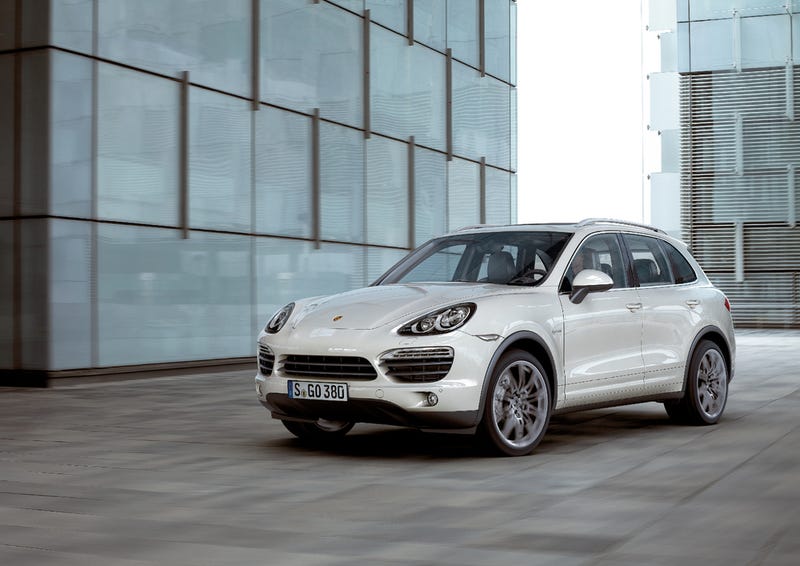
The second-generation Porsche Cayenne launched in 2010 with a new hybrid-electric model on the books to fight rising fuel prices. The newly-developed Cayenne S Hybrid sourced a 3-liter V6 with a supercharger (making 328 horsepower) and a small electric motor (capable of 46 horsepower) for a total output of 375 ponies.
The 4.8-liter V8 in the Cayenne S returned 16 miles per gallon in the city, while the Cayenne S Hybrid pushed that number up to 20. The small nickel metal hydride battery gave the car just enough boost to pump up the fuel economy numbers without significantly increasing weight.
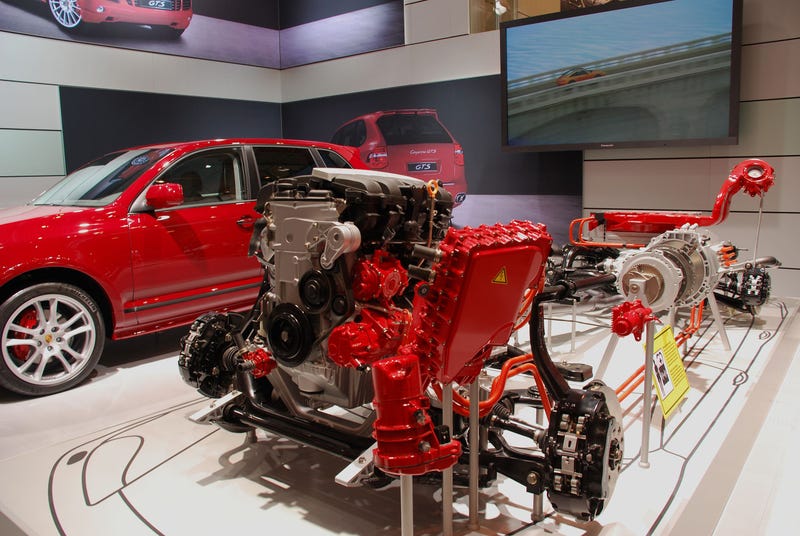
911 GT3 R Hybrid
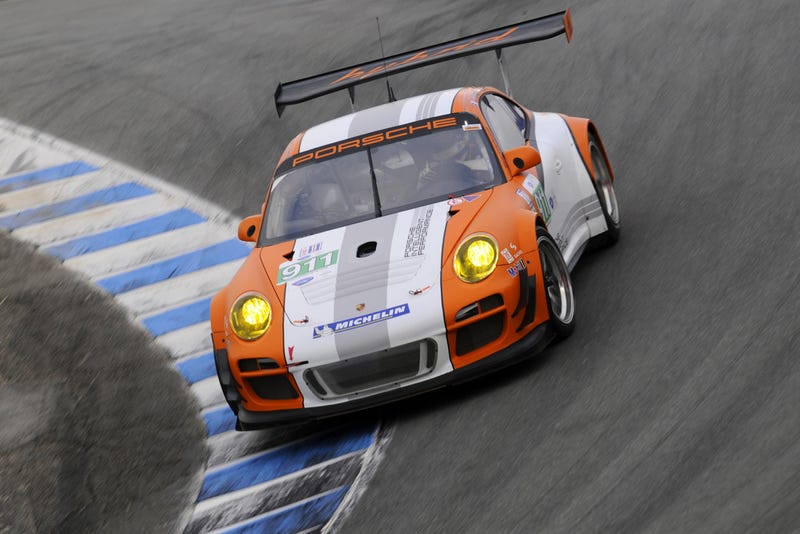
On the back of a successful Cayenne S Hybrid introduction, Porsche also launched its first hybrid racing car in 2010 with the GT3 R Hybrid. This incredible car was not built to any specific rulebook, though it raced a few times in special exhibition classes and almost immediately proved its mettle on the track.
Everything from the standard 911 GT3 R was retained, including the 480-horsepower four-liter engine. The car added a pair of 60 kW electric motors to the front axle and a then-revolutionary KERS-style flywheel energy storage unit, supplied by Williams Engineering, in the passenger seat floor, deleting the need for heavy batteries altogether.
With all-wheel drive and a big power boost, the GT3 R was instantly quick on track. The car entered a round of the American Le Mans Series, in which it finished ahead (though unclassified) of all the other GT-class competition. It was also raced at the ‘Ring for the 24-hour event, and finished on the podium. An impressive finishing result for effectively unproven technology.
Panamera S Hybrid
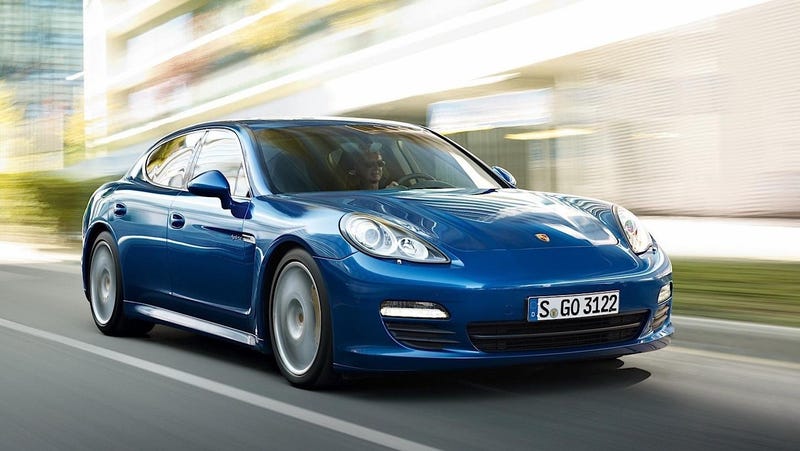
Shortly after the Cayenne received a hybrid model, Porsche pushed the same drivetrain (3-liter supercharged V6, electric motor, and NMH battery) into the Panamera sedan shape as well. Not terribly exciting, but it worked very well. In this more aerodynamic shape, the car achieved 22 mpg city and 30 on the highway. Not bad for a large luxury machine.
918 Spyder

Kids these days will never understand the excitement that came along with the launch of the 918 Spyder, McLaren P1, and Ferrari LaFerrari at essentially the same time. The world was a better place. Hybrids could be cool, and this was the proof.
Sure, the 918 Spyder was nearly a million dollars new, and all of them were bought up in quick succession, but it had a plug-in hybrid drivetrain capable of 12 miles of electric drive, and a total system output of 887 horsepower and 944 lb-ft of torque. This thing was the peak of society when it launched. A decade later, it’s still an icon.
918 RSR
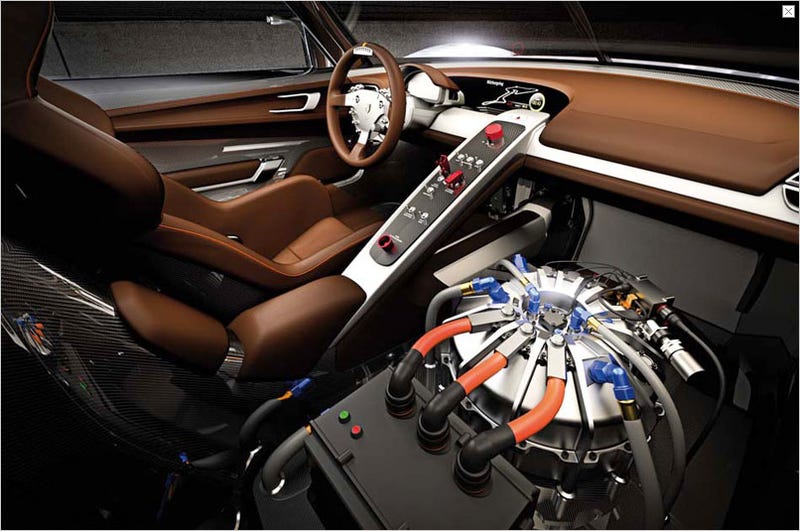
When auto shows still mattered for concept launches, Porsche unveiled the 918 RSR concept at the Detroit Auto Show, pushing motorsport concepts into the next generation with a KERS-powered hybrid hypercar-based racer. While it never went into production, and never raced anywhere, it’s still one of my favorite concepts anywhere. This machine used the V8 from Porsche’s successful LMP2 racer and a pair of 75 kW front motors for all-wheel drive madness.
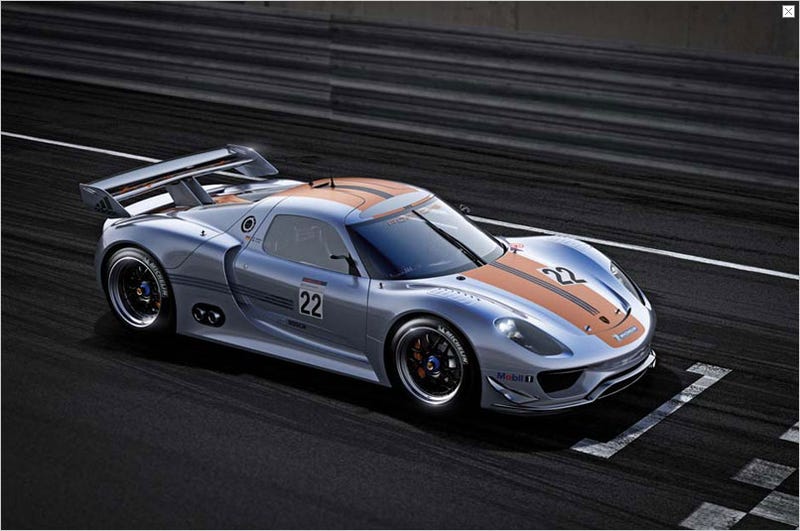
919 Hybrid

Seeing the 919 Hybrid win overall at Le Mans remains one the memories that will stick with me for life. This was such a juggernaut of a car, winning three FIA WEC championships in a row before bowing out of the game. The high-revving V4 engine worked in such perfect harmony with the electric system to produce incredibly quick lap times from thin air. It wasn’t the first hybrid race car, but it might have perfected the formula.
919 Evo
Porsche wasn’t happy to just sit back and let the 919 Hybrid LMP1 car retire. It immediately set the race team about building a better mousetrap outside the rulebook and attempting to set lap records all around the world. Without restrictions on the aero or power outputs, the 919 was able to boost its power to 710 horsepower from the small 4-cylinder, and cranked up the electric motors to 434 ponies. The car was also stripped from its race spec to drop below 2,000 pounds (including the driver). If the 919 Hybrid was a juggernaut, the 919 Evo was an unstoppable force.
2018 was a very cool year for Porsche Motorsport, as this car would go on to set new outright lap records at Spa-Francorchamps and the Nürburgring Nordschleife.
Vonnen Shadow Drive

Vonnen’s Shadow Drive hybrid 991-generation Carrera S might be one of the most impressive “tuner” cars I’ve ever driven. While this wasn’t built by Porsche, I’m going to let it slide, because this thing kicks so much ass. A few California engineers set about developing a pancake electric motor that fits between the engine and transmission of a modern watercooled 911, Cayman, or Boxster.
The installation, and power delivery, are equally seamless. A quick and reliable 150-horsepower and 150 lb-ft of torque boost isn’t easy to come by in Porsche land, and that’s what Vonnen managed to make happen. This doesn’t come cheap, as it’s a $US75,000 installation, but I’m almost convinced it would be worth it.
919 Street
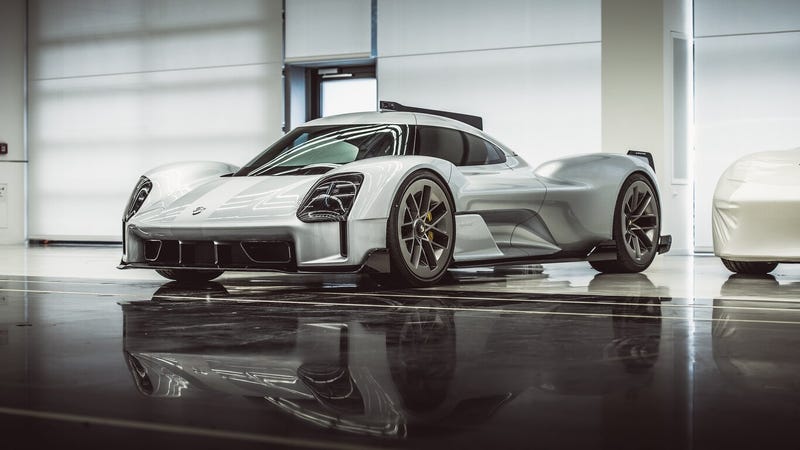
Porsche almost built a road-going version of its Le Mans-winning race car. That’s it. That’s the post.
Panamera S E-Hybrid
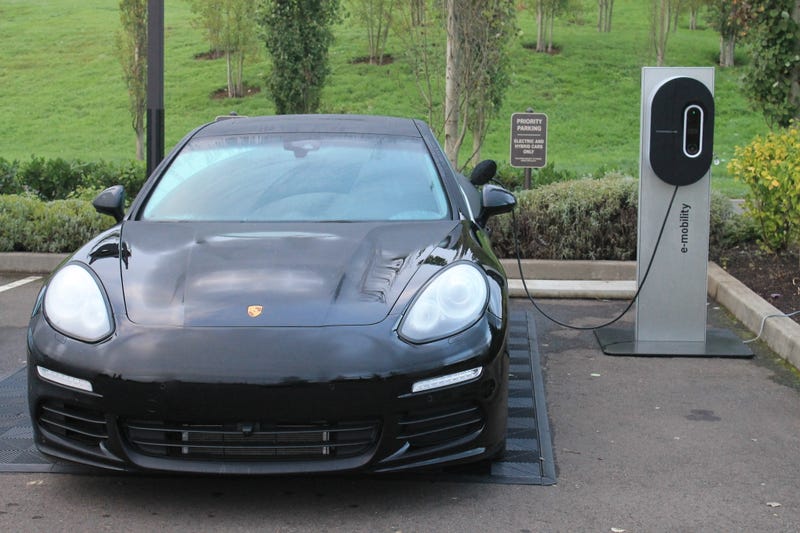
“It’s hard for me to imagine why anyone would buy a standard Panamera S when the E-Hybrid is so good.” That’s what I wrote when I tested this machine back in 2014. I still think Porsche’s E-Hybrid Panamera is among the best sporty luxury machines ever built. It’s fast and quiet, but you can still commute to work burning practically no gasoline at all. The best of all worlds.
Cayenne S E-Hybrid
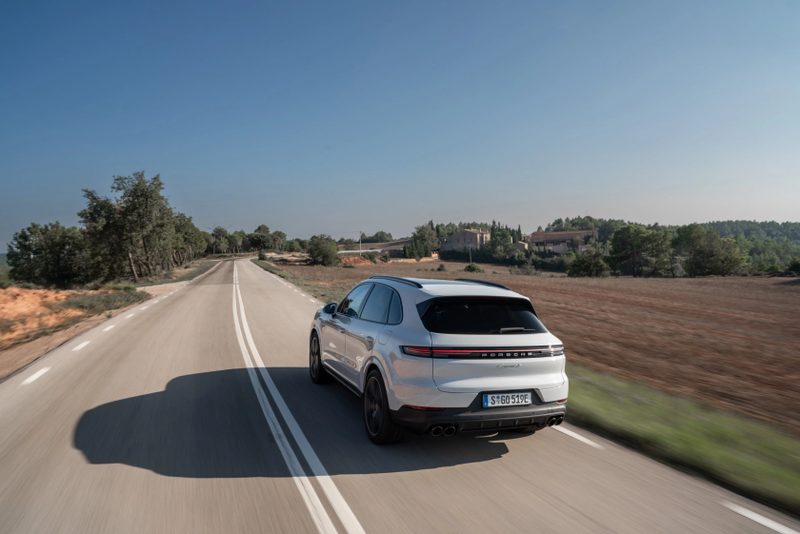
Over the years the plug-in-hybrid Cayenne models have improved significantly, getting faster and more efficient at the same time. The current Cayenne S E-Hybrid now makes over 500 horsepower from its gas V6 and electric motor combo. It’s also nicer inside and returns up to 30 miles of all-electric range. Good things all around.
Panamera Turbo S E-Hybrid
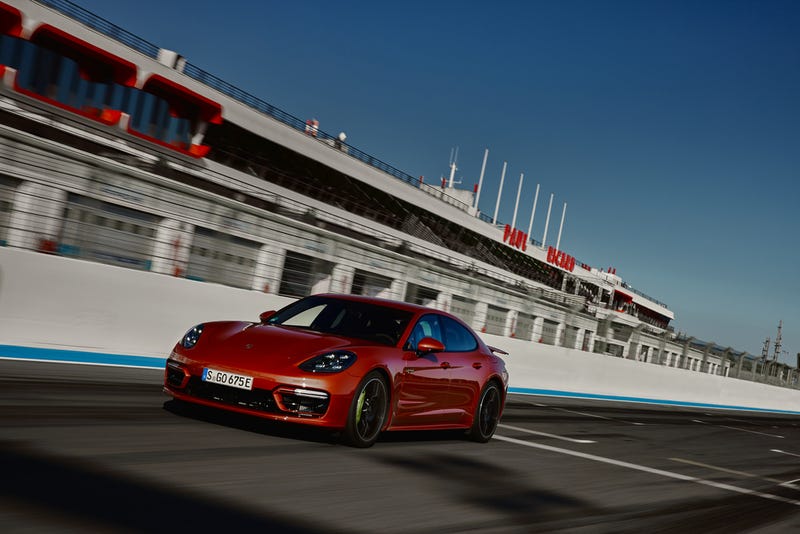
There hasn’t ever been a super sedan more super than the Panamera Turbo S E-Hybrid. This monster machine produces nearly 700 horsepower combined, putting it in the upper heights of supercar level power. If you ever needed to carry four adults in luxurious comfort, but still click off 10.9-second quarter mile times, this is the car for you. And unlike previous generations of Panamera, it actually looks damn handsome, to boot.
963
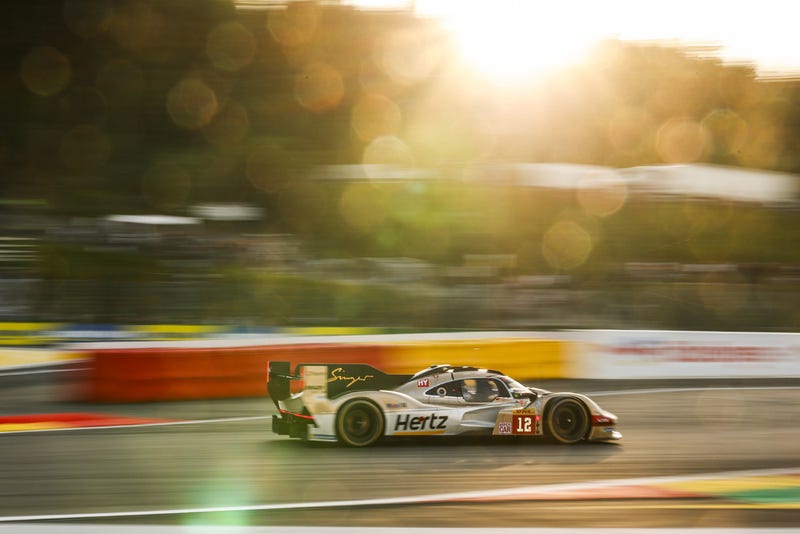
Porsche’s newest hybrid race car, the 963, has already earned its place in the pantheon of great Porsche racing machines. Despite having just made its debut in January of 2023, the car has already racked up an overall victory at the 24 hours of Daytona and the 6 hours of Spa. It’s looking like a strong contender for the 24 hours of Le Mans this year, too.
911 GTS T-Hybrid
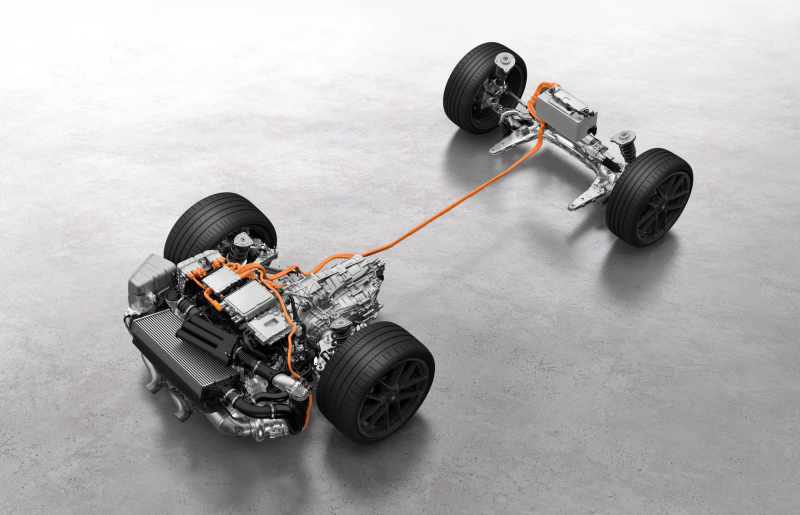
Porsche’s newly launched 911 GTS hybrid is a technological wonder, putting out 532 horsepower with an electric turbocharger and hybrid drive. It’s not a plug-in, and doesn’t use big-power motors, but it should make the new 911’s power more accessible and tractable. 0-60 times drop below 3-seconds, most importantly.
Porsche always seems to add more when it moves to a hybrid powertrain, making the best gasoline cars even better. This is certainly a mild move into hybridization for the iconic 911, but it’ll retain the 911’s traditional driving character. Surely the next generations of 911 hybrid will up the ante, as Porsche has always done.
What’s Next?
What do you think is on the horizon for Porsche and hybridization? With the company pushing its sedans, SUVs, and small sports cars into the battery-electric field, that leaves hybrid open for the future of the combustion-engine 911. Will we see a 911 Turbo S E-Hybrid in the near future with better performance numbers than the 918 Spyder? I can absolutely see that happening in the next couple of years. Personally, I’d like to see a 911 with a plug-in, adding a few all-electric miles of range to one of the best sports cars on the market would make it even better.
